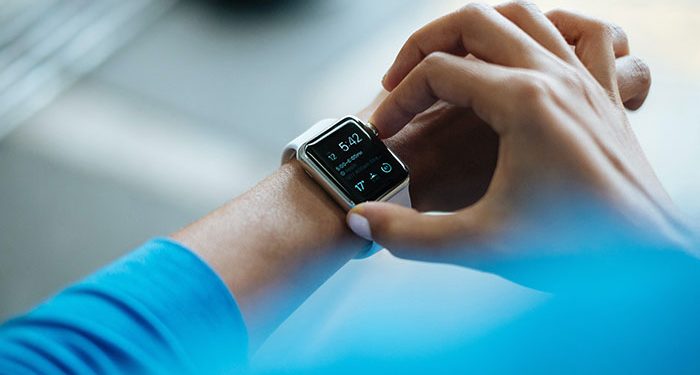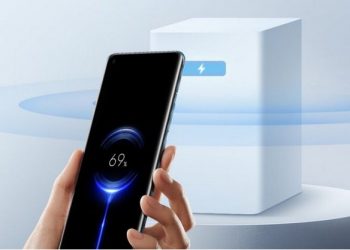Apple Watch Series 6 stands in a class of its own and many reviewers find it fascinating and helpful with its blood oxygen sensor. It was found to be a basic upgrade to Series 5 but the blood oxygen monitor and a few other perks make it to stand out. The battery life remains at 18 hours duration like that of Series 5 but it sure charges faster than its predecessors. The oxygen monitoring feature gives almost the same readings as a pulse oximeter.
With a price tag of $399, the Apple Watch Series 6 compares favorably with smartwatch rivals such as Samsung’s Galaxy Watch 3 and the new Fitbit Sense which has an ECG health feature. Meanwhile, the blood oxygen feature of Series 6 is an FDA-cleared ECG app that Apple said should not be used for diagnostic purposes but only for guidance.
The blood oxygen monitor works night and day to measure the level of oxygen saturation in the blood without any disruptions to your normal life and daily activities. The sensor can measure your oxygen level when you specifically demand it or at the background when not even prompted. However, you must activate this feature when you just begin to use it so that it can work for your health awareness.
It is best to place your arm on any flat surface so that you get the best reading for your oxygen levels. The reading is always ready in 15 seconds and you can always see the countdown when it begins. A reading that is above 90% is good for your body and health. The tiny dots under the watch are the infrared sensors that provide a painless experience as the reading takes place. It is however possible to get a slightly different result with the oximeter within the range of 3-5% depending on a number of factors.
The Apple Watch Series 6 comes in various colors and these include red, blue, grey, gold, and even titanium. It charges up to 80% within an hour according to Apple, and it has a faster processor than its predecessors since it uses the A13 Bionic chip used in the iPhone 11. The battery lasts for about 18 hours, which means that it must be charged every day to meet heavy uses.
Source: cnet.com





